Home>Home Maintenance>What Is The Purpose Of The Ventilation System
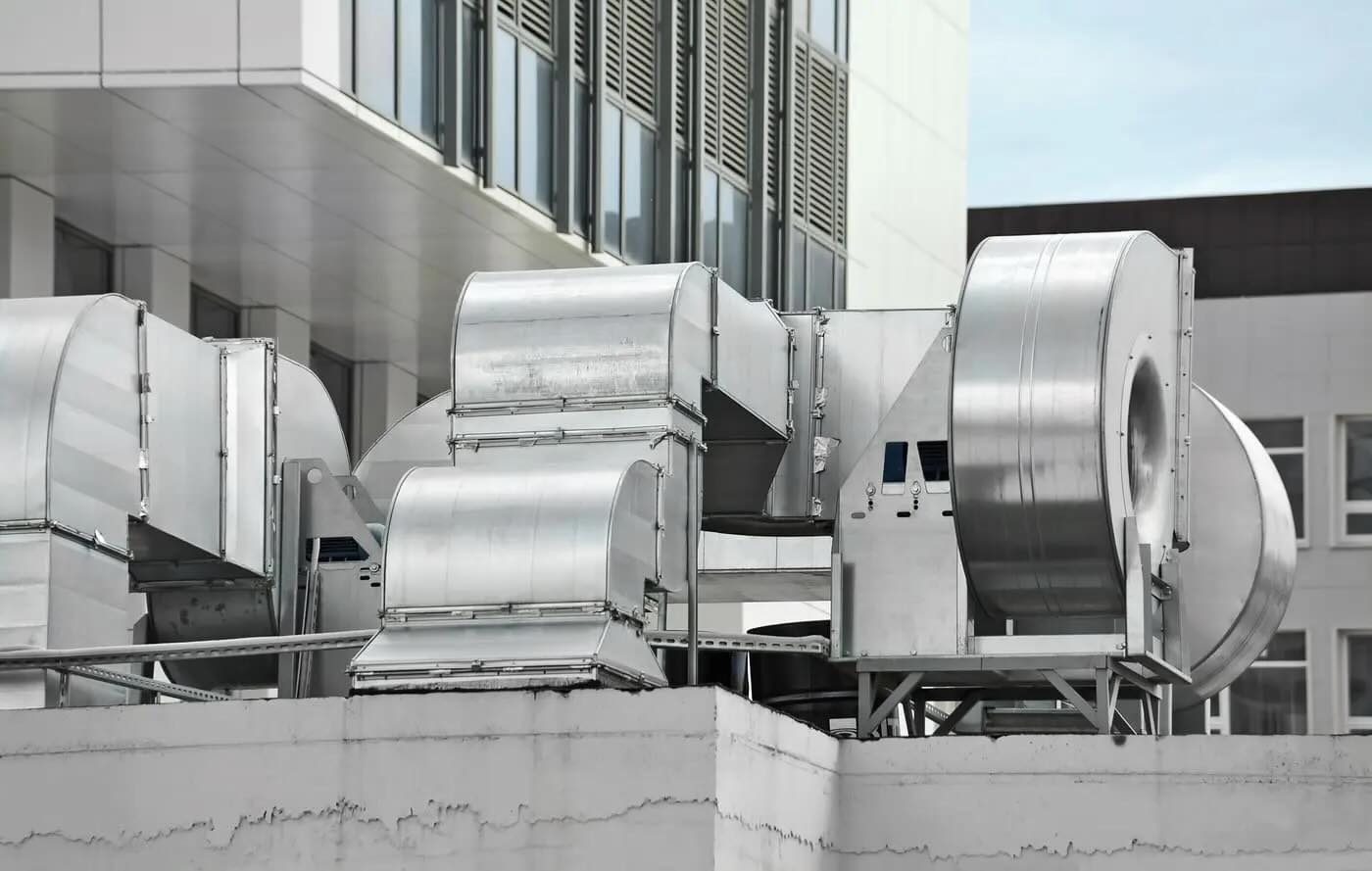

Home Maintenance
What Is The Purpose Of The Ventilation System
Modified: March 6, 2024
Discover the importance of a well-maintained ventilation system for your home. Enhance air quality and create a healthier living environment with proper home maintenance.
(Many of the links in this article redirect to a specific reviewed product. Your purchase of these products through affiliate links helps to generate commission for Storables.com, at no extra cost. Learn more)
Introduction
Welcome to the world of home maintenance! As a homeowner, it’s essential to understand the various systems that keep your house safe, comfortable, and in optimal condition. One such system is the ventilation system, which plays a crucial role in maintaining indoor air quality.
In this article, we will explore the purpose of ventilation systems and why they are essential for your home. We will delve into the functionality of these systems, the different types available, and the benefits of having a well-designed ventilation system. Additionally, we will discuss important factors to consider when choosing a system and highlight the maintenance required for optimal functioning.
So, let’s dive in and uncover the secrets behind a healthy and comfortable living environment!
Key Takeaways:
- Ventilation systems are crucial for maintaining healthy indoor air quality by removing pollutants, controlling moisture, regulating temperature, and creating a comfortable living environment for you and your family.
- Choosing the right ventilation system for your home involves considering factors like building size, climate, noise levels, energy efficiency, and maintenance requirements. Consulting with an HVAC professional can help you make an informed decision.
Read more: What Is The Purpose Of A Lamp
Understanding Ventilation Systems
Before we delve into the purpose and importance of ventilation systems, let’s first understand what they are. Ventilation systems are designed to circulate and exchange air within a building, removing stale air and introducing fresh air from the outside.
Indoor air quality is often more polluted than outdoor air due to various factors like chemicals from cleaning products, off-gassing from furniture and building materials, and even indoor activities like cooking and smoking. Without proper ventilation, these pollutants can accumulate, leading to health issues and discomfort.
Ventilation systems comprise a network of ducts, fans, filters, and vents that work together to maintain a continuous flow of air throughout your home. These systems can be either natural or mechanical.
Natural ventilation relies on the principles of air pressure and temperature differences to allow fresh air to enter and exit a building. This can be achieved through strategically placed windows, doors, and vents that take advantage of natural air movement.
Mechanical ventilation systems, as the name suggests, use mechanical means to control and regulate air circulation. These systems typically include exhaust fans, intake vents, and ductwork that direct the flow of air in and out of different areas of your home.
Now that we have a basic understanding of ventilation systems, let’s explore why they are crucial for maintaining a healthy and comfortable indoor environment.
The Importance of Indoor Air Quality
Indoor air quality (IAQ) refers to the quality of the air inside a building, specifically in residential spaces. It is a vital aspect of maintaining a healthy and comfortable living environment. Poor IAQ can lead to a range of health issues, including respiratory problems, allergies, and even more severe conditions.
Considering that the average person spends a significant portion of their time indoors, whether at home or in the office, ensuring good indoor air quality is of utmost importance. Here are a few reasons why:
- Health and Well-being: Breathing clean air is essential for maintaining good health. Poor IAQ can lead to irritation of the respiratory system, triggering symptoms like coughing, wheezing, and shortness of breath. Long-term exposure to pollutants may contribute to the development of respiratory diseases and other health issues.
- Allergen Control: Indoor air can contain a multitude of allergens like dust, pet dander, mold spores, and pollen. These allergens can trigger allergic reactions in sensitive individuals, causing symptoms like sneezing, itching, and watery eyes. Proper ventilation helps remove these allergens, creating a more comfortable environment for allergy sufferers.
- Moisture and Mold Prevention: Excess moisture in the air can lead to the growth of mold and mildew, which not only affects the structural integrity of a building but also poses health risks. Ventilation systems help control humidity levels, preventing the accumulation of moisture and inhibiting the growth of mold.
- Odor and Chemical Control: Proper ventilation helps eliminate odors and volatile organic compounds (VOCs) that may be present in indoor air. VOCs can be emitted by various sources such as cleaning products, paints, adhesives, and furniture. These chemicals can have short-term and long-term health effects, and adequate ventilation is essential for their removal.
- Temperature Regulation: Ventilation systems not only remove stale air but also play a role in regulating the temperature inside a building. By allowing fresh air to enter and removing warm air, ventilation helps maintain a comfortable indoor climate.
With these factors in mind, it becomes clear that ensuring good indoor air quality is vital for the health and well-being of you and your family. A well-designed ventilation system is the key to achieving this.
Functionality of Ventilation Systems
The functionality of ventilation systems revolves around the continuous exchange of indoor and outdoor air. This process involves three primary functions: air intake, air distribution, and air exhaust. Let’s explore each of these functions in detail:
- Air Intake: The ventilation system draws fresh outdoor air into the building, replacing the stale indoor air. This process can occur through various methods, such as windows, doors, or dedicated intake vents. The intake air can be filtered to remove particulate matter and contaminants before entering the building.
- Air Distribution: Once the fresh air enters the building, the ventilation system ensures it is evenly distributed throughout different areas. This is typically achieved through a network of ducts and vents that channel the air to specific rooms or zones. A well-designed ventilation system takes into account the airflow requirements of each area, ensuring proper circulation.
- Air Exhaust: In addition to bringing in fresh air, ventilation systems also facilitate the removal of indoor air pollutants and excess moisture. Air exhausts, such as exhaust fans or vents, are strategically placed in areas prone to moisture and pollutant buildup, such as bathrooms, kitchens, or laundry rooms. These exhaust points expel the stale air, odors, and contaminants out of the building.
It’s important to note that ventilation systems can be configured in different ways based on the specific needs of a building. Some systems may employ a combination of natural and mechanical ventilation to achieve optimal performance. Others may incorporate additional components like air filters or heat recovery units to improve energy efficiency and indoor air quality.
Proper ventilation system functionality not only ensures the continuous supply of fresh air but also helps maintain a balanced indoor environment. It helps regulate temperature and humidity levels, removes airborne pollutants, and provides a comfortable living space for occupants.
Now that we understand the basic functionality of ventilation systems, let’s explore the purpose and benefits they bring to your home.
Purpose of Ventilation Systems
Ventilation systems serve a crucial purpose in maintaining a healthy and comfortable indoor environment. Let’s explore the main purposes of these systems:
- Air Quality Improvement: One of the primary purposes of ventilation systems is to improve indoor air quality. As mentioned earlier, indoor air can be significantly more polluted than outdoor air due to various factors. Ventilation systems help remove pollutants, allergens, and irritants from the air, ensuring a healthier living space for occupants.
- Moisture Control: Excess moisture in a building can lead to dampness, mold growth, and other related issues. Ventilation systems play a crucial role in controlling and removing excess moisture by expelling humid air and allowing fresh air to enter. This helps prevent the accumulation of moisture and reduces the likelihood of mold formation and associated health risks.
- Temperature Regulation: Ventilation systems also contribute to regulating the temperature inside a building. By allowing fresh air to enter and removing warm air, ventilation helps maintain a comfortable indoor climate. This is particularly important during hot summer months or in areas with high humidity.
- Odor Removal: Unpleasant odors can make any space uncomfortable. Ventilation systems aid in removing odors from various sources, such as cooking, pets, and cleaning products. By continuously circulating fresh air, these systems help keep the air smelling clean and fresh.
- Energy Efficiency: Well-designed ventilation systems can contribute to improving energy efficiency in a building. By incorporating features like heat recovery units or energy-efficient fans, these systems can help reduce heating and cooling costs while maintaining optimal indoor air quality.
- Comfort and Well-being: Ultimately, the purpose of ventilation systems is to create a comfortable and healthy indoor environment for occupants. Proper ventilation ensures that fresh air is continuously supplied, preventing stuffiness, reducing the risk of respiratory issues, and promoting overall well-being.
It’s important to note that the specific purpose and design of a ventilation system can vary depending on factors such as building size, location, and local regulations. Consulting with a qualified HVAC professional can help determine the most suitable ventilation system for your home based on your specific needs and requirements.
Now that we understand the purpose of ventilation systems, let’s explore the different types available.
Regular maintenance of your ventilation system is important to ensure it functions properly and provides good indoor air quality. Change filters regularly and have the system inspected by a professional to keep it running efficiently.
Read more: What Is The Purpose Of A Toaster
Types of Ventilation Systems
There are several types of ventilation systems available, each designed to suit different building configurations and requirements. Let’s explore some of the commonly used types:
- Natural Ventilation: Natural ventilation relies on natural air movement driven by temperature and pressure differences. It involves strategically placed windows, doors, and vents to facilitate the flow of fresh air into the building and the expulsion of stale air. This type of ventilation can be effective in mild climate conditions, but its effectiveness may vary depending on factors like building orientation and location.
- Mechanical Ventilation: Mechanical ventilation utilizes mechanical systems such as fans, ducts, and vents to control and regulate air circulation. There are three main types of mechanical ventilation systems:
- Exhaust Ventilation: This system consists of exhaust fans located in areas with high moisture and pollutants, such as bathrooms and kitchens. The fans draw out stale air, odors, and excess moisture from these areas and expel it outside. Fresh air enters the building through natural leakage points or dedicated vents.
- Supply Ventilation: Supply ventilation systems work by bringing in fresh outdoor air from outside the building, filtered if necessary, and distributing it throughout the living spaces. This type of system typically uses fans and ductwork to ensure proper air distribution. Stale air is typically expelled through natural leakage points.
- Balanced Ventilation: Balanced ventilation combines elements of both exhaust and supply systems. It involves the use of fans and ductwork to bring in fresh outdoor air and simultaneously exhaust stale indoor air. This creates a balanced airflow and ensures continuous air exchange throughout the building.
- Heat Recovery Ventilation (HRV) and Energy Recovery Ventilation (ERV): HRV and ERV systems are specialized mechanical ventilation systems that provide fresh air while minimizing energy loss. These systems use heat exchangers to transfer heat and moisture from outgoing stale air to incoming fresh air. In cold climates, HRV systems recover heat from the outgoing air, while ERV systems also transfer moisture, making them suitable for more humid environments.
The choice of ventilation system depends on factors such as climate, building design, occupancy, and budget. Consulting with a professional HVAC specialist can help determine the most suitable ventilation system for your home.
Now that we have an understanding of the types of ventilation systems available, let’s explore the benefits of having a well-designed system in place.
Benefits of a Well-Designed Ventilation System
A well-designed ventilation system offers numerous benefits that contribute to the overall comfort, health, and energy efficiency of your home. Let’s explore some of the key advantages:
- Improved Indoor Air Quality: One of the primary benefits of a well-designed ventilation system is improved indoor air quality. By continuously circulating fresh air and removing pollutants, allergens, and excess moisture, the system ensures a healthier living environment for you and your family.
- Healthier Living Spaces: Good indoor air quality directly impacts the health and well-being of occupants. With a steady supply of fresh air, the risk of respiratory issues, allergies, and other health problems is reduced. This is especially beneficial for individuals with asthma or other respiratory conditions.
- Mold and Moisture Control: A well-designed ventilation system plays a vital role in controlling excess moisture, preventing the growth of mold and mildew. By expelling humid air and introducing fresh air, the system helps maintain optimal humidity levels, protecting your home from potential structural damage and health risks associated with mold growth.
- Temperature Regulation: Proper ventilation helps regulate indoor temperature, creating a comfortable living environment. During hot seasons, it allows for the removal of warm air and the introduction of cooler air, reducing the need for excessive air conditioning. In colder seasons, a well-designed ventilation system can help prevent stagnant air and maintain a consistent temperature throughout the house.
- Energy Efficiency: Well-designed ventilation systems can contribute to improved energy efficiency in your home. By incorporating features such as energy-efficient fans, airflow dampers, or heat recovery units, the system helps reduce energy consumption while maintaining optimal indoor air quality.
- Reduced Odors: A ventilation system effectively removes unwanted odors from cooking, pets, or household chemicals. Continuous air exchange helps keep your home smelling fresh and clean, enhancing overall comfort and creating a pleasant living environment.
- Noise Reduction: A properly designed ventilation system can also help reduce external noise infiltration. By creating a positive pressure inside the house, it minimizes the entry of outdoor noise, providing a quieter and more peaceful living space.
It’s important to note that the benefits of a well-designed ventilation system can only be fully realized if the system is properly installed, maintained, and operated. Regular maintenance, including filter replacement and duct cleaning, is essential to ensure optimal performance and longevity of the system.
Now that we understand the benefits of a well-designed ventilation system, let’s explore important factors to consider when choosing one for your home.
Factors to Consider When Choosing a Ventilation System
Choosing the right ventilation system for your home is crucial for ensuring optimal indoor air quality and comfort. Here are some important factors to consider when selecting a ventilation system:
- Building Size and Layout: The size and layout of your home play a significant role in determining the type and capacity of the ventilation system needed. Consider the number of rooms, their usage patterns, and the overall square footage to ensure the system can adequately serve the entire space.
- Climate and Local Regulations: The climate of your region and any local regulations or building codes should be considered when choosing a ventilation system. Certain climate conditions may require specific features like heat recovery units for colder climates or enhanced filtration for areas with high air pollution.
- Noise Levels: Some ventilation systems, especially mechanical ones, can generate noise during operation. Consider the noise tolerance level in your home and choose a system that operates quietly, keeping your space peaceful and comfortable.
- Energy Efficiency: Look for ventilation systems that are energy efficient to minimize electricity consumption and reduce utility costs. Energy-efficient features, such as variable speed fans or energy recovery units, can help maximize efficiency while maintaining optimal indoor air quality.
- Filtration and Air Purification: If you have specific indoor air quality concerns, such as allergies or sensitivities to pollutants, consider ventilation systems with effective filtration and air purification capabilities. High-quality filters or additional air purifiers can help remove particulates, allergens, and volatile organic compounds (VOCs) from the air.
- Maintenance Requirements: Consider the maintenance requirements of the ventilation system, including filter replacements, duct cleaning, and overall system maintenance. Choose a system that aligns with your lifestyle and maintenance capabilities to ensure the longevity and optimal performance of the system.
- Budget Considerations: Set a realistic budget for your ventilation system and explore options that fit within that range. Keep in mind that investing in a higher-quality, more efficient system may result in long-term savings on energy costs and maintenance.
- Professional Consultation: Engaging a qualified HVAC professional is highly recommended when choosing a ventilation system. They can assess your specific needs, factor in local building codes and climate conditions, and provide expert guidance on the most suitable system for your home.
By considering these factors, you can make an informed decision and choose a ventilation system that best meets the unique requirements of your home.
Now that we’ve covered the important factors to consider when selecting a ventilation system, let’s discuss the maintenance and upkeep required to ensure its optimal functioning.
Maintenance and Upkeep of Ventilation Systems
To ensure the optimal functioning and longevity of your ventilation system, regular maintenance and upkeep are essential. Here are some key maintenance tasks to keep in mind:
- Filter Replacement: Filters play a critical role in capturing dust, allergens, and other airborne particles. Regularly check and replace your ventilation system’s filters as recommended by the manufacturer. Clogged filters can impede airflow, reduce system efficiency, and negatively impact indoor air quality.
- Duct Cleaning: Over time, dust, debris, and allergens can accumulate in the ductwork of your ventilation system. Periodically hiring a professional duct cleaning service can help remove these contaminants, ensuring proper airflow and preventing them from being circulated back into your home.
- Fan Inspection and Cleaning: Fans are responsible for circulating air within the ventilation system. Regularly inspect and clean the fan blades to remove any dust or debris that may have accumulated. This will help maintain the efficiency and proper functioning of the system.
- Check and Clear Ventilation Points: Ensure that intake vents and exhaust points throughout your home are clear of obstructions such as furniture, curtains, or plants. Blocked vents can restrict airflow and hamper the efficiency of the ventilation system.
- Monitor and Adjust Settings: Keep an eye on the settings and controls of your ventilation system. Adjust them as needed based on seasonal changes and indoor air quality requirements. Some systems may have programmable controls that allow you to set specific ventilation schedules for different times of the day.
- Schedule Professional Maintenance: It’s advisable to schedule periodic professional maintenance for your ventilation system. HVAC experts can inspect the entire system, identify any potential issues, and perform necessary repairs or adjustments to ensure optimal performance.
- Monitor Air Quality and Performance: Regularly monitor the indoor air quality and performance of your ventilation system. Look out for any unusual odors, reduced airflow, or signs of moisture problems. Promptly address any issues that arise to prevent further complications.
Remember that maintenance requirements may vary depending on the type and complexity of your ventilation system. Always refer to the manufacturer’s instructions and guidelines for specific maintenance recommendations.
By staying proactive with maintenance and upkeep, you can ensure that your ventilation system continues to provide clean, fresh air and optimal performance for years to come.
Now that we’ve covered the maintenance aspect, let’s wrap up our discussion on ventilation systems.
Read more: What Is The Purpose Of A Toothbrush
Conclusion
In conclusion, ventilation systems play a critical role in maintaining a healthy and comfortable indoor environment. They help improve indoor air quality, control moisture, regulate temperature, remove odors, and contribute to energy efficiency. By continuously circulating fresh air and expelling stale air, these systems create a pleasant living space for occupants.
Understanding the functionality, purpose, and types of ventilation systems is essential when choosing the right system for your home. Consider factors such as building size, climate, noise levels, energy efficiency, and maintenance requirements to make an informed decision.
Once you’ve selected a ventilation system, proper maintenance and upkeep are crucial. Regularly replace filters, clean ducts and fans, clear ventilation points, and monitor the system’s performance to ensure optimal functioning and longevity.
Remember to consult with a qualified HVAC professional to assess your specific needs and provide guidance during the selection and installation process. Their expertise will ensure that you choose the most suitable ventilation system for your home.
By prioritizing good indoor air quality and investing in a well-designed and properly maintained ventilation system, you create a healthier, more comfortable living environment for you and your family.
So, take the necessary steps to ensure proper ventilation in your home and breathe easy knowing you’re providing the best possible air quality for your loved ones.
Frequently Asked Questions about What Is The Purpose Of The Ventilation System
Was this page helpful?
At Storables.com, we guarantee accurate and reliable information. Our content, validated by Expert Board Contributors, is crafted following stringent Editorial Policies. We're committed to providing you with well-researched, expert-backed insights for all your informational needs.
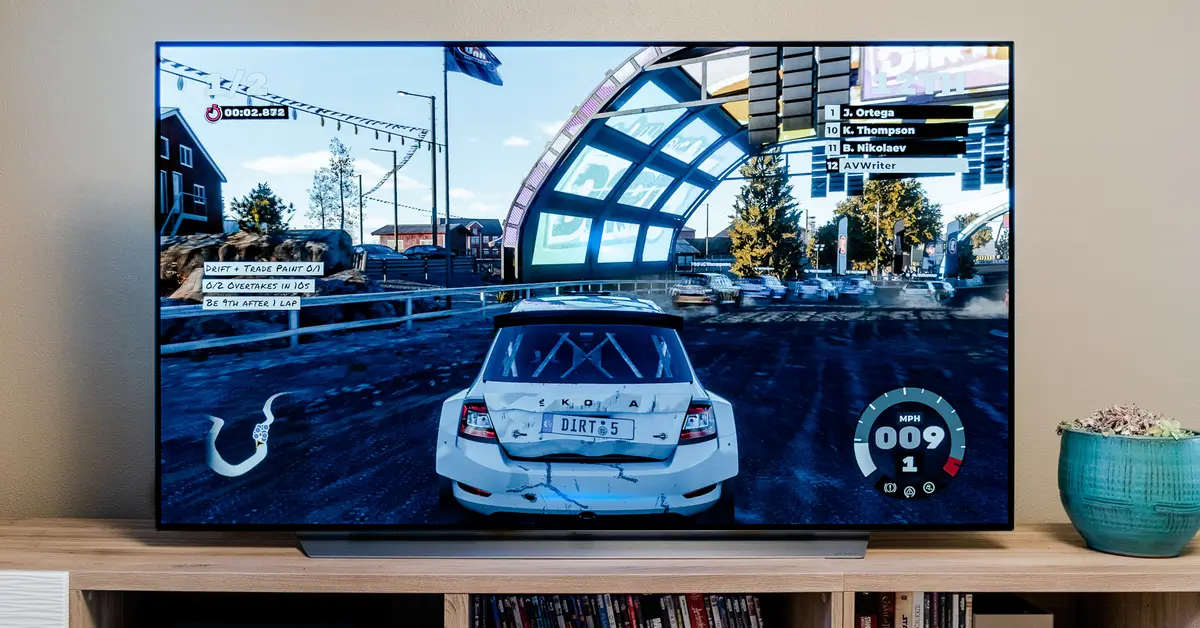
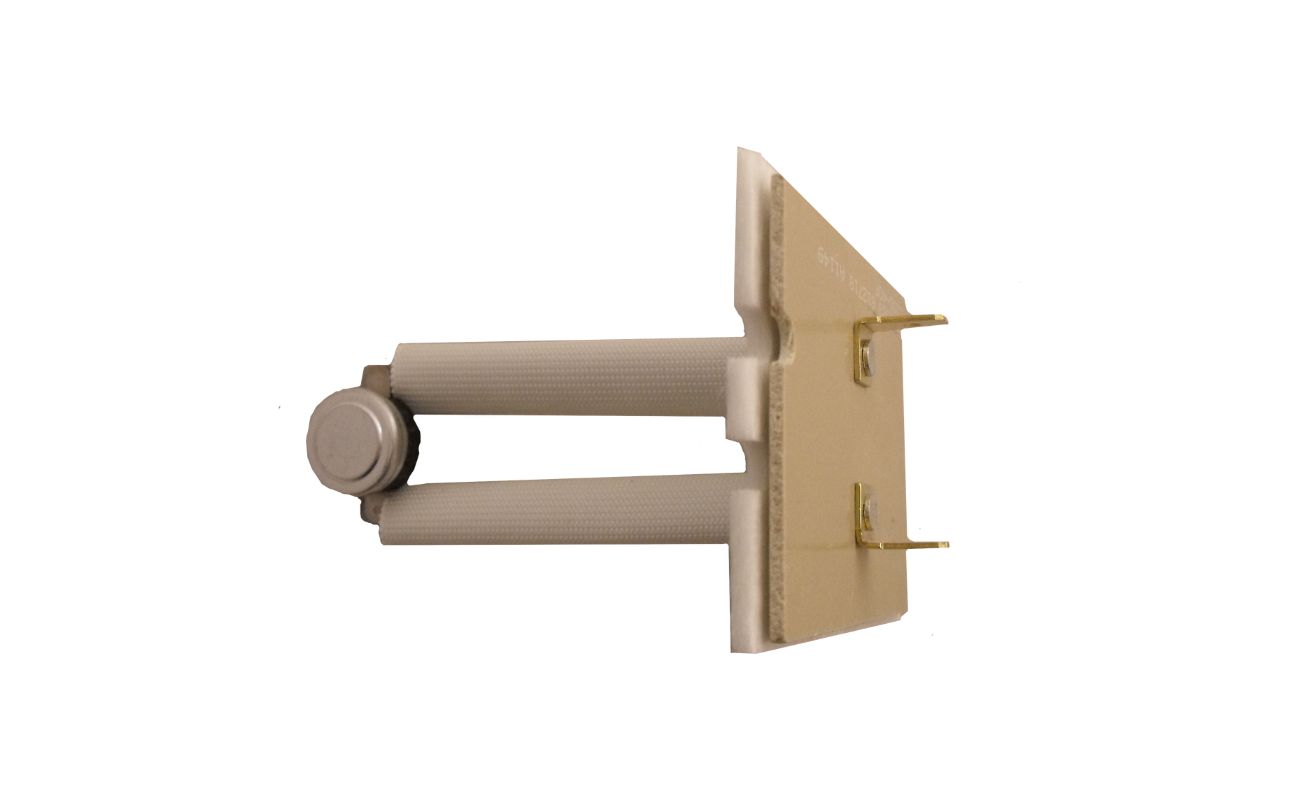

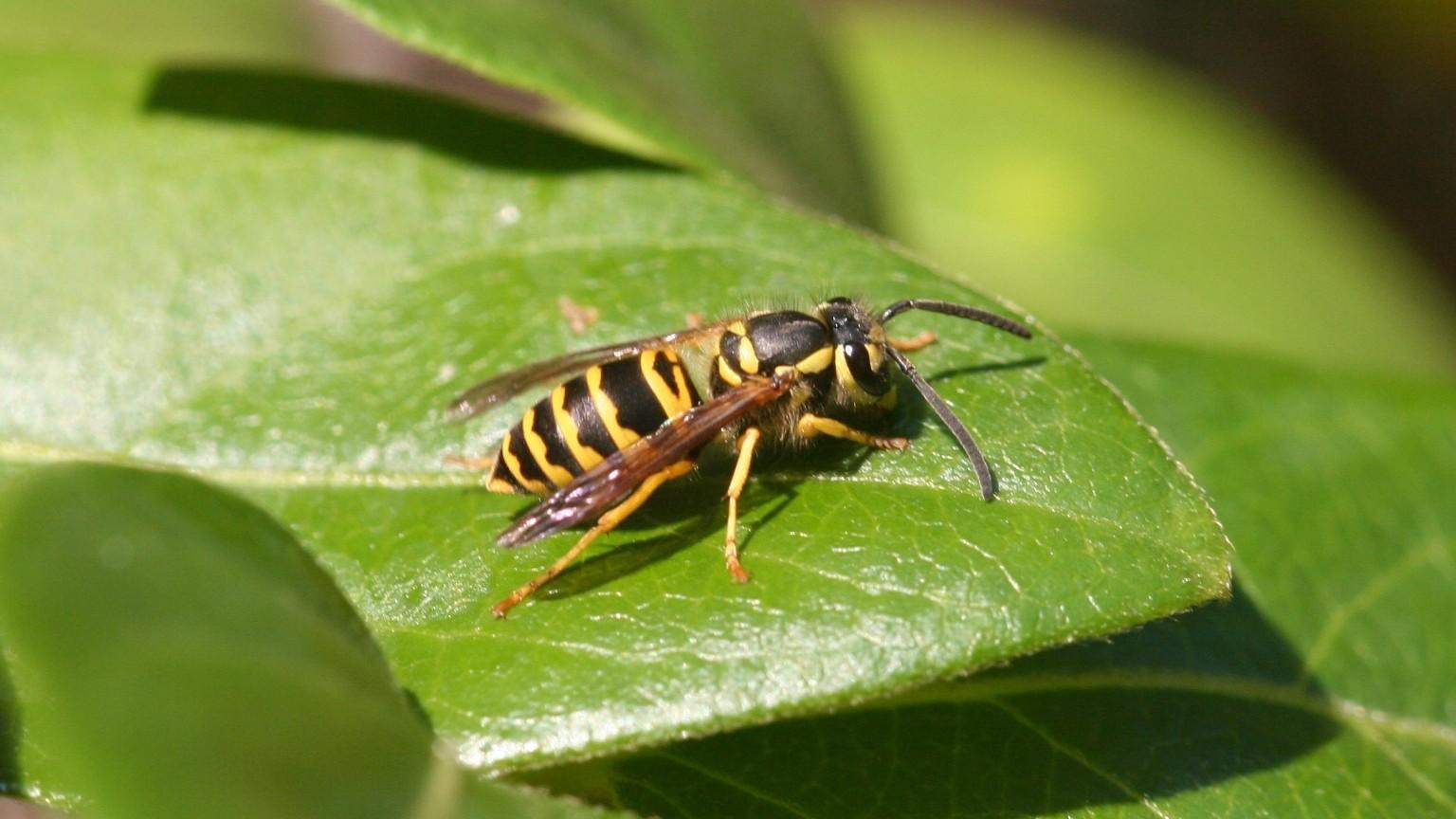
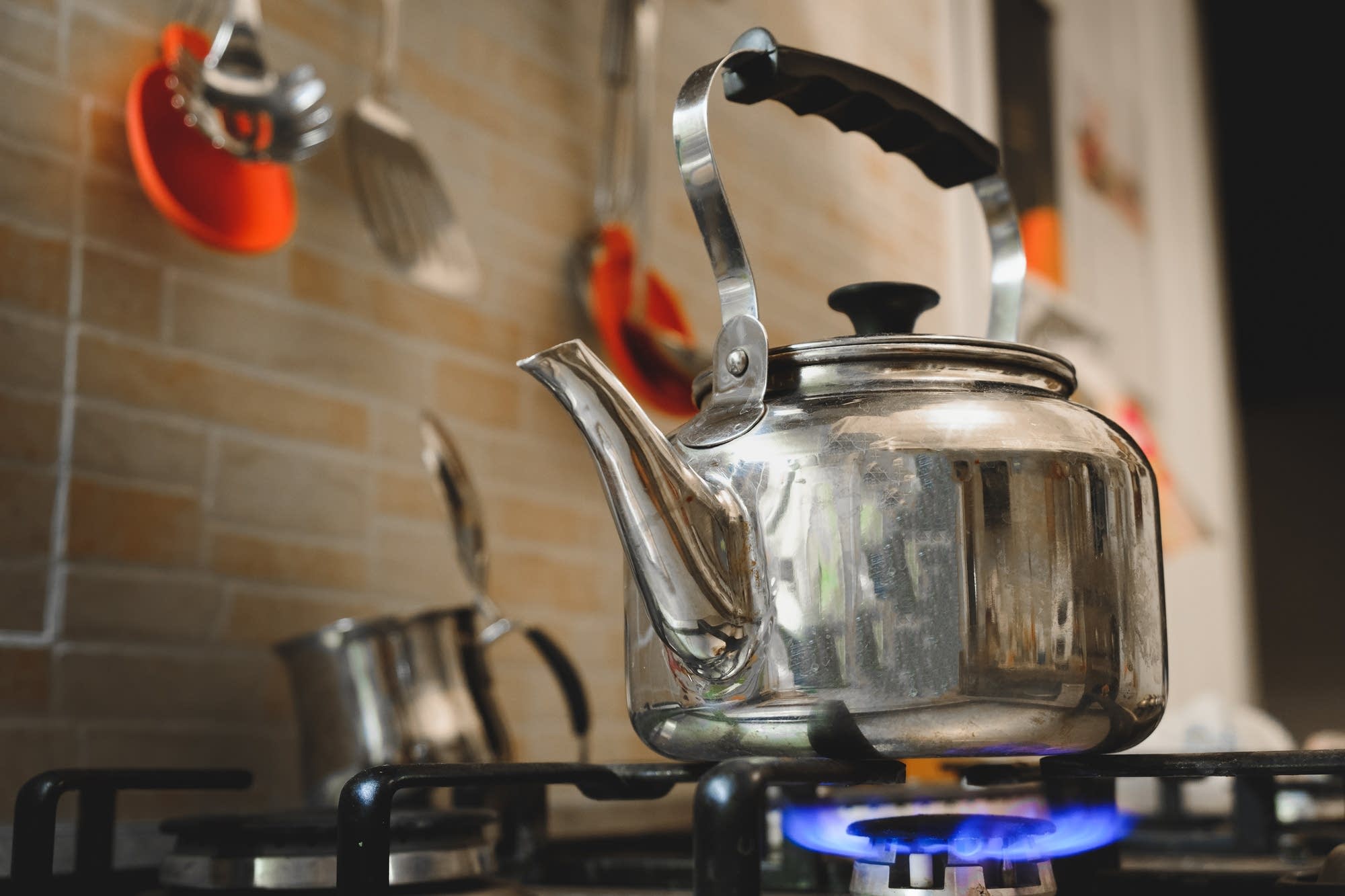
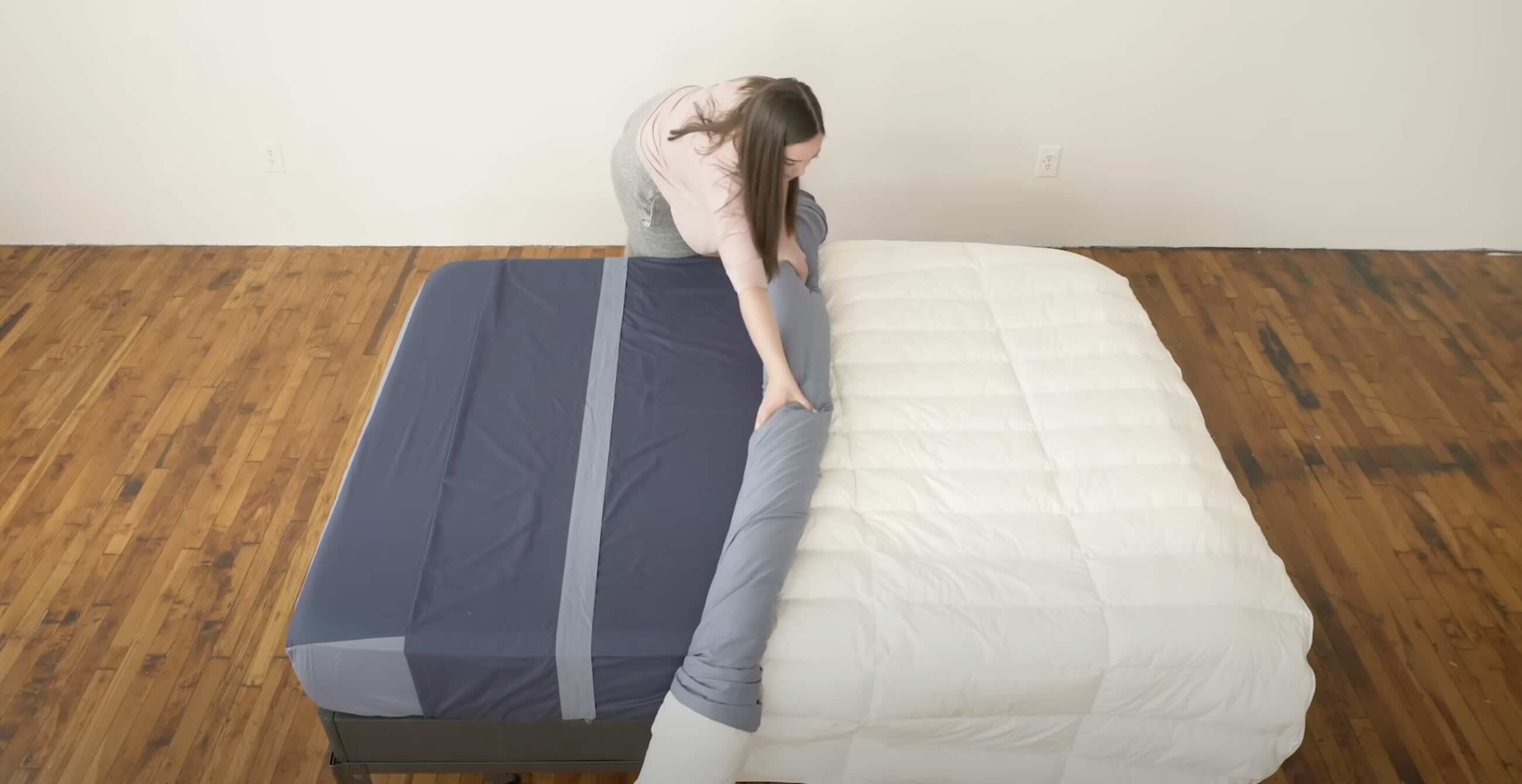
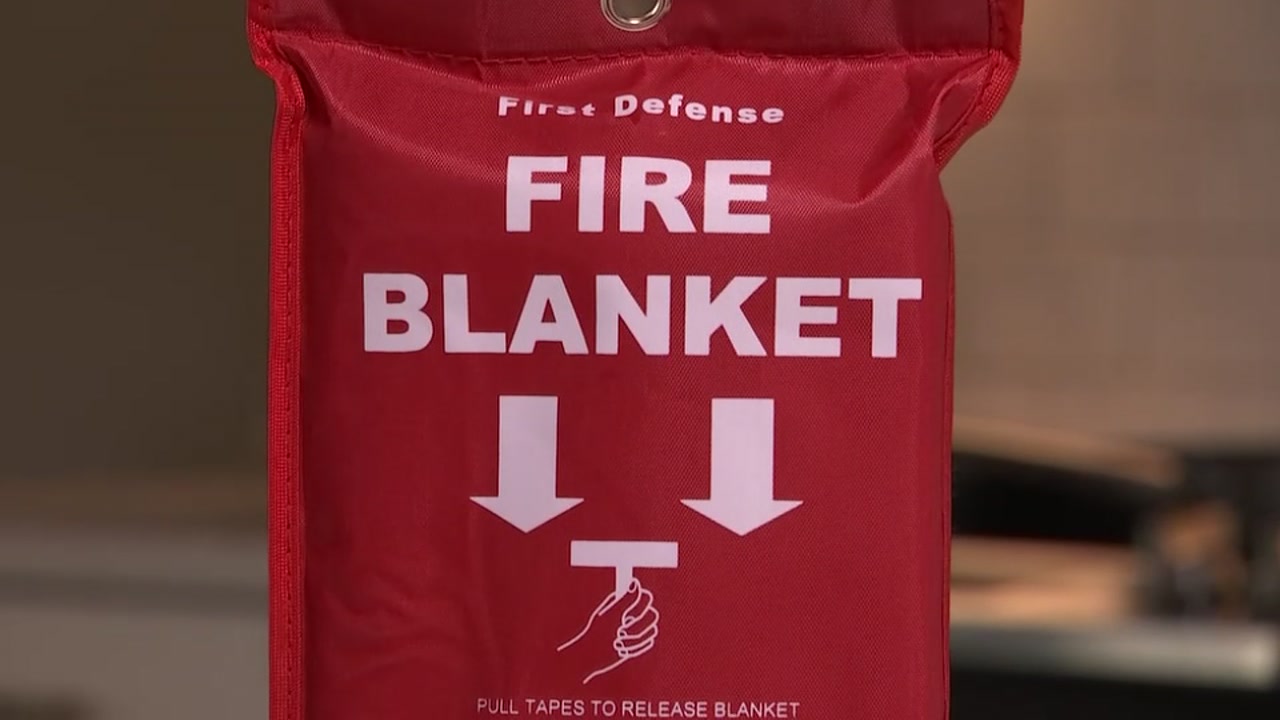
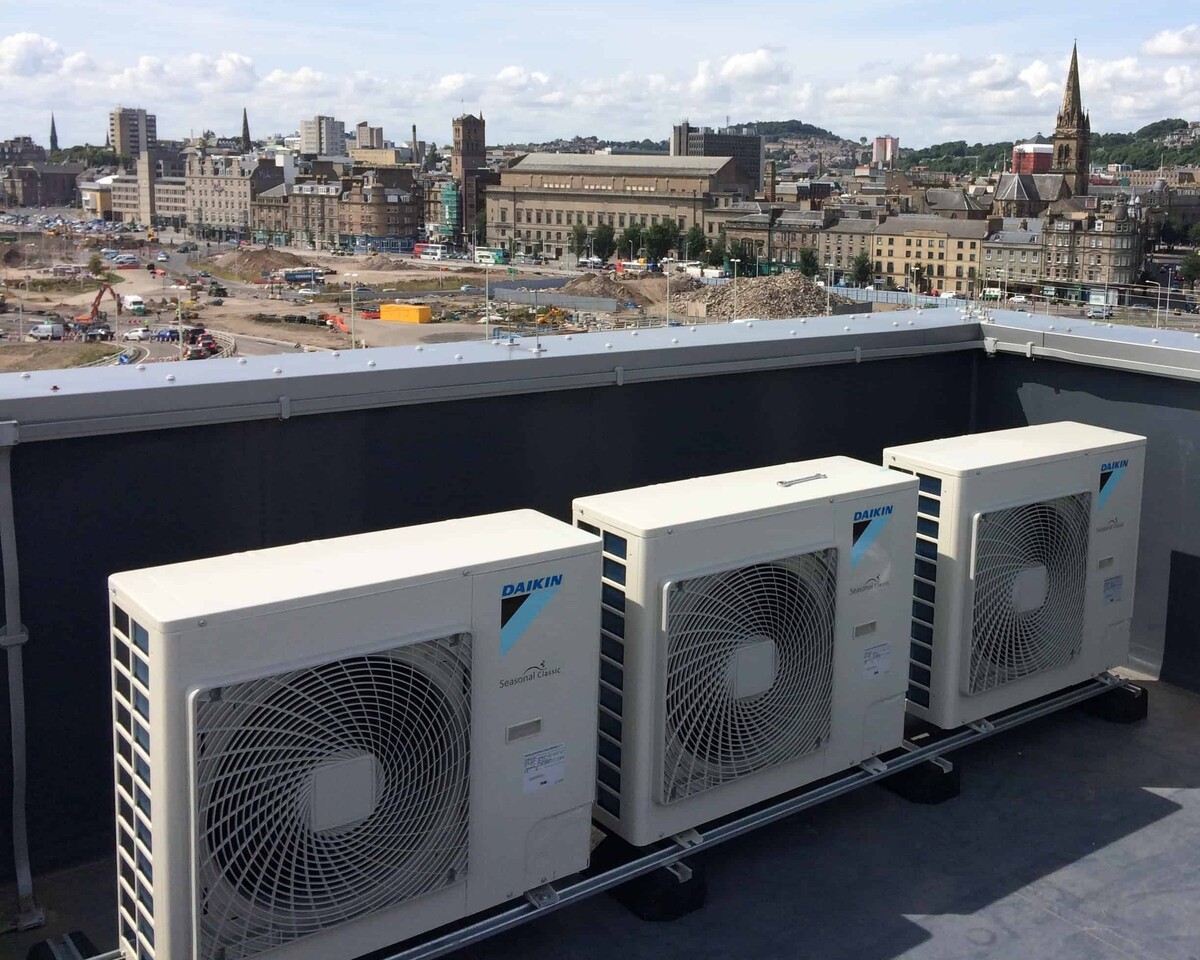
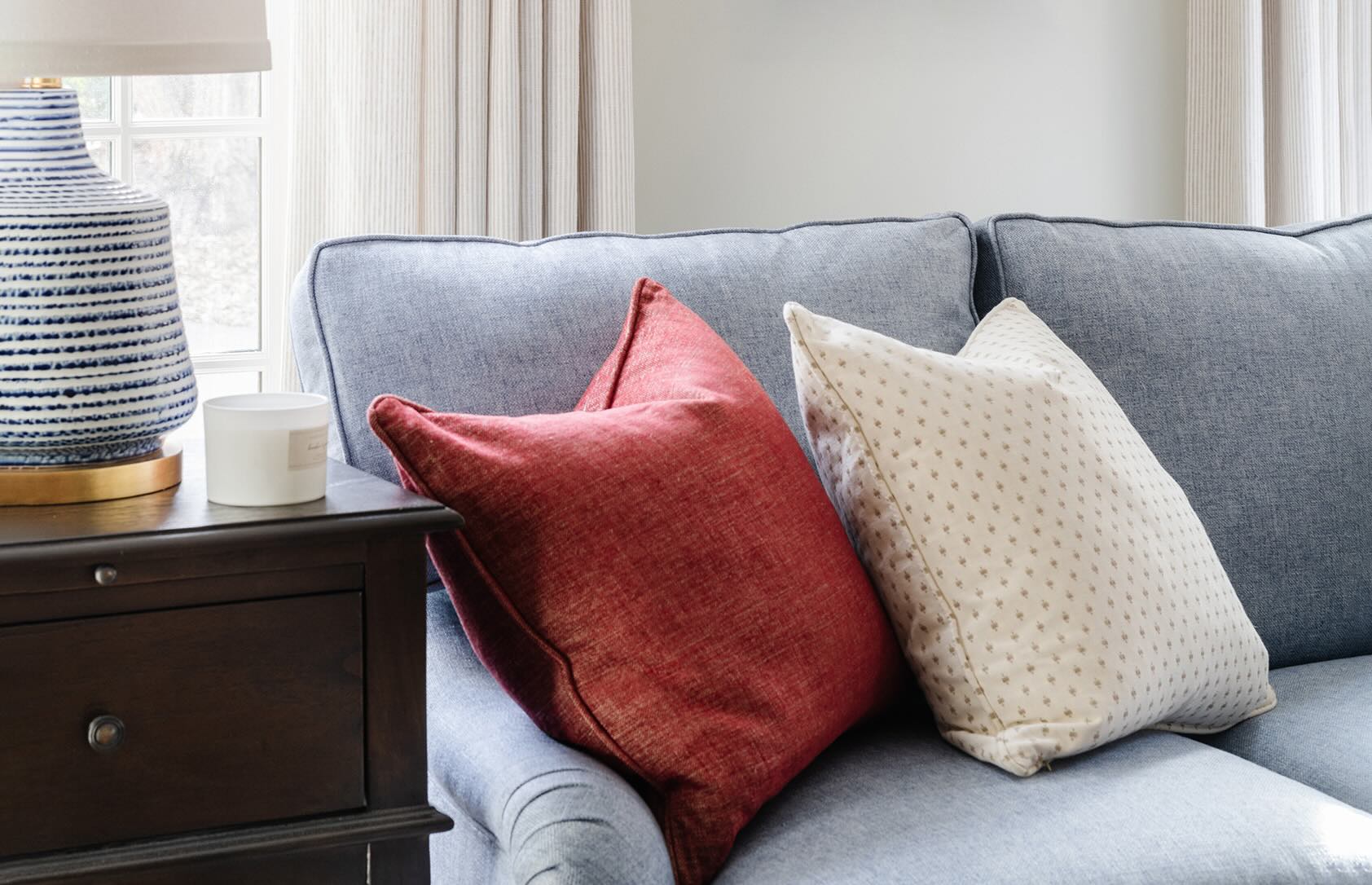

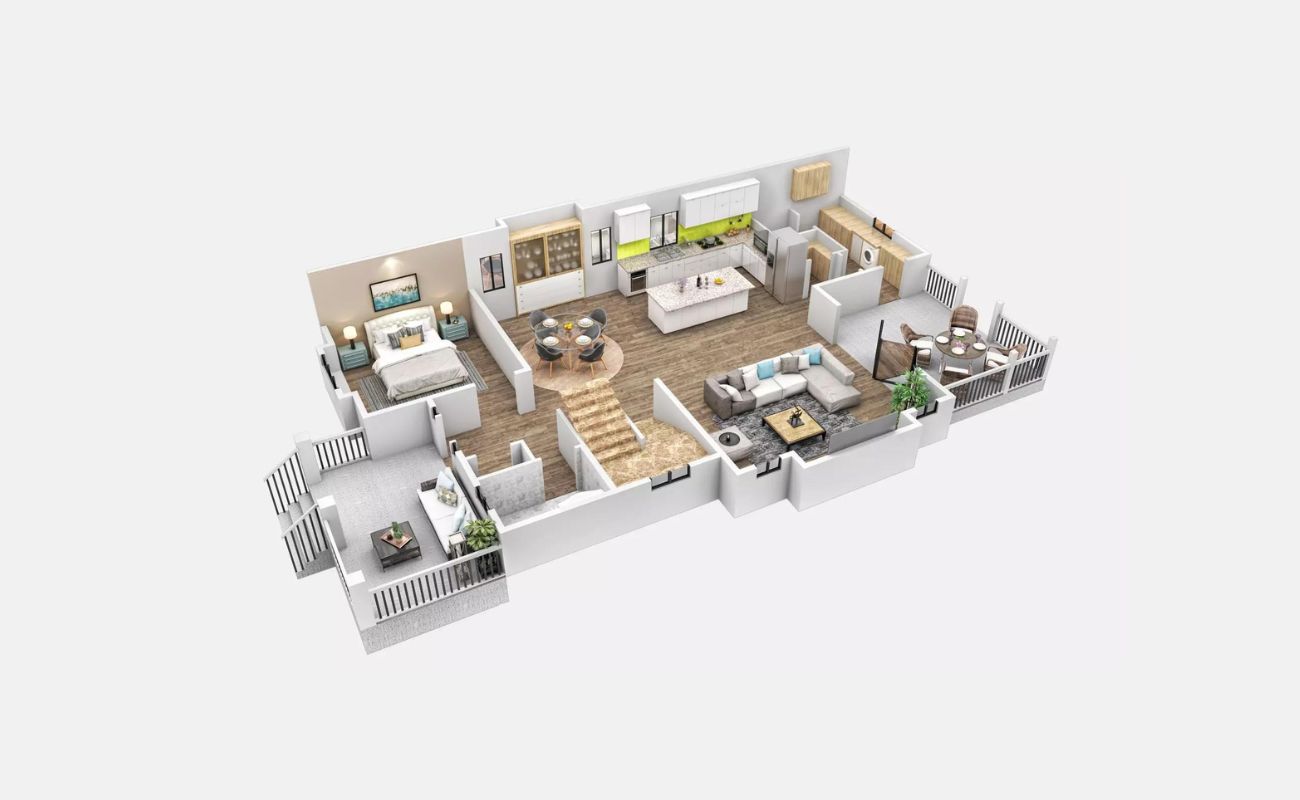

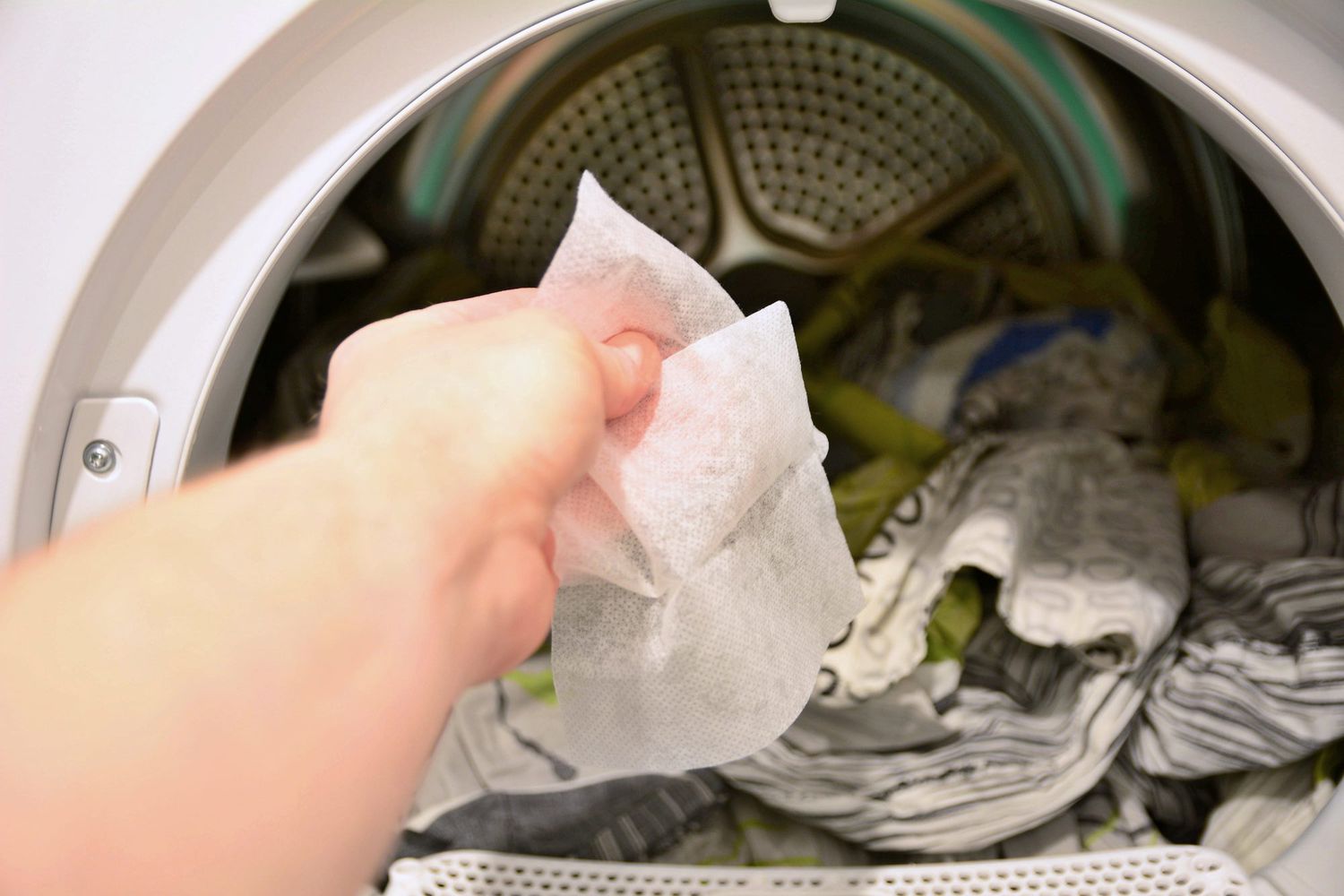

0 thoughts on “What Is The Purpose Of The Ventilation System”